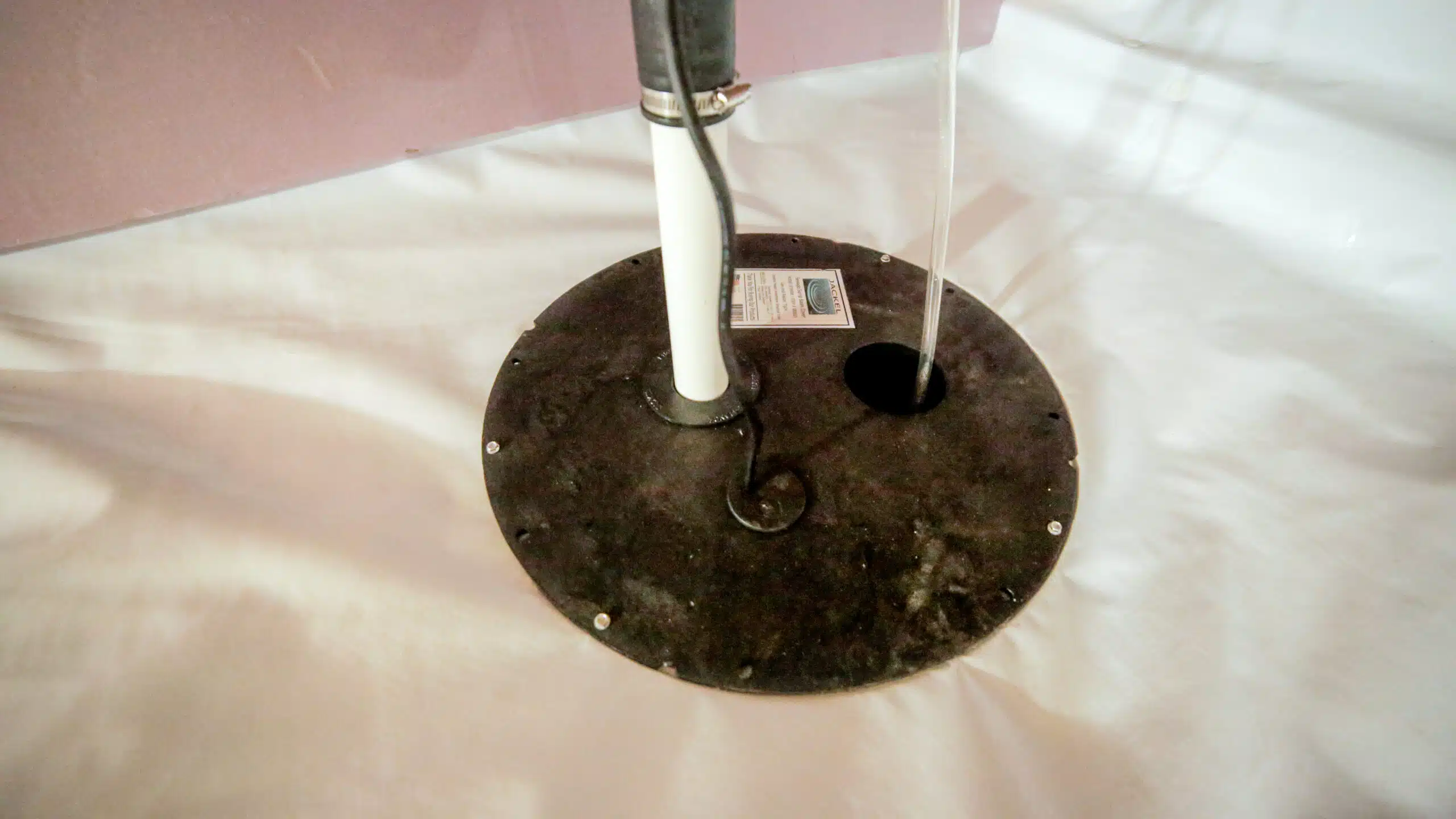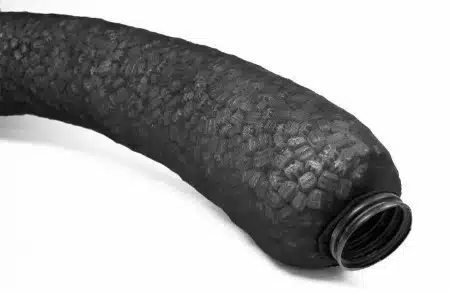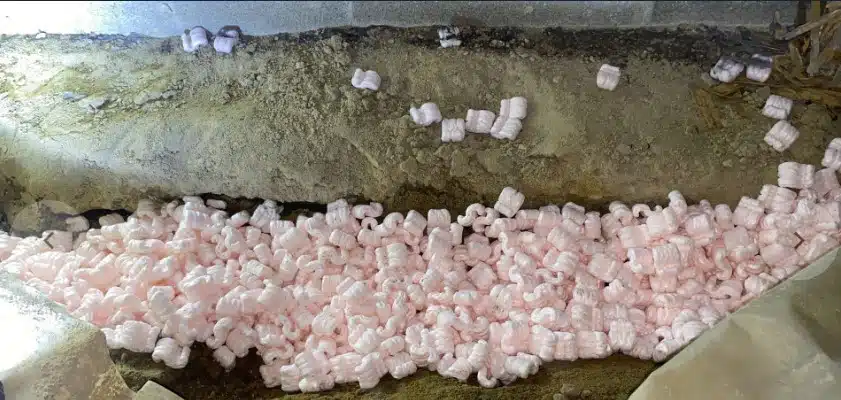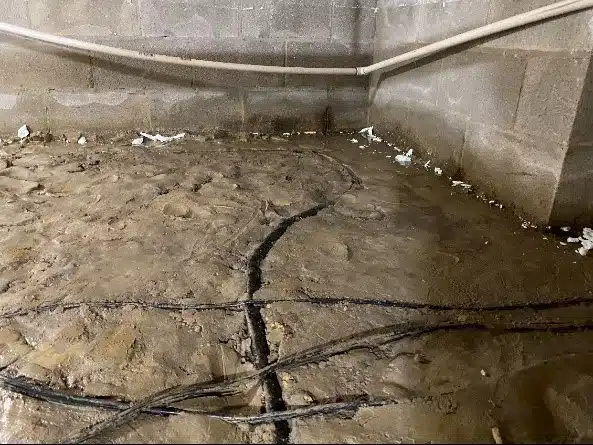Drain Systems & Sump Pumps
Nick Luzak

One of the main challenges in crawl spaces is groundwater intrusion and standing water. Contrary to popular belief, crawl space encapsulations alone are not waterproof. They are designed to prevent ground vapor and humidity, but when standing water is present and left unaddressed, the crawl space can become flooded.
To tackle standing water in the crawl space, the first step is to inspect the exterior. Ensure that water is directed away from the foundation by keeping the gutters clean and extending the downspouts away from the foundation. Simple measures like these can make a significant difference in preventing water infiltration.
Installing a sump pump alone is not a sufficient solution. Groundwater intrusion typically occurs from beneath the footer, around the perimeter of the crawl space. If a sump pump is installed without addressing the issue of water infiltration into the crawl space, the water will still find its way in. Even the best seam welds and taping will eventually give way to water, breaching the vapor barrier. However, a properly placed sump pump with a dranjer drain can help discharge water in the event of a pipe leak or burst from above the encapsulation.
So, what can be done to prevent water from entering the crawl space? One effective solution is the installation of a French drain around the inside perimeter. A French drain collects water and directs it to the sump pump. It’s important to ensure that the French drain is properly installed without any corners or cost-cutting measures that may compromise its effectiveness.
- Fun Fact: Despite their name, French drains are not actually from France. They were named after Henry French, a Massachusetts judge and farmer, who first wrote about them in 1859. The concept is simple: redirect water away from areas where it tends to accumulate by creating a clear path for it.
How many sump pumps do I need?
The number of sump pumps required depends on several factors. Firstly, consider the linear feet of the drain system. For a larger footprint, it is advisable to have multiple sump pumps. A general rule of thumb is to have one sump pump for every 150 linear feet. Additionally, if there are continuous footers below the ground running along support piers or walls, the drain system needs to be divided into different zones, each with its own sump pump. This ensures optimal functionality. If a contractor identifies the need for additional sump pumps due to the presence of footers, it is likely a legitimate requirement and not a mere upselling tactic.
Not all drain systems are created equal. It is essential to choose a drain system that is reliable and durable. Many contractors in our area use certain drain systems that are not suitable for crawl spaces:
EZ-Flow drainage:
Some companies promote EZ-Flow drainage as an easy and cost-effective solution for crawl space waterproofing. However, this type of system, consisting of perforated drainpipe with a silt sock stuffed with packing peanuts, does not work effectively in crawl spaces. It was originally designed for drainage underneath concrete, not in trenches within crawl spaces. Seaside Crawl Space does not install this system as it has been observed to cause damage and complications.
Drainpipe with loose packing peanuts:

Description automatically generated with medium confidence
This is a favored solution among companies that offer crawl space services but do not specialize in our field. The approach involves installing a drainpipe, sometimes with a silt sock, and backfilling the trench with loose packing peanuts. However, this method is not effective in the long term. The packing peanuts float, become waterlogged, and do not assist in filtering dirt and sediment. Moreover, they can be difficult to remove and redo.

Trench without proper drainage:
Simply digging a trench without implementing a comprehensive drain system is not recommended. It makes it easy for the sump pump and basin to become clogged with dirt and debris, erode, and collapse over time.
Trench, drainpipe/J drain, and dirt:
Using anything other than a stone aggregate on top of the drain system is not advisable, especially if the area has clay soil. This can hinder water flow and cause the drain system to fail. Additionally, the dirt can migrate into the drain system and potentially cause clogs.

Our Take:
When it comes to drain systems, it is crucial not to cut corners. A reliable and long-lasting solution involves digging a trench, installing a drainpipe with a silt sock, and backfilling the entire trench and sump basins with a stone aggregate. This method has been proven to be effective in ensuring proper drainage. Although it may require significant labor and effort, the end result and peace of mind is worth it.
At Seaside Crawl Space, we strongly recommend and specialize in installing drain systems and sump pumps. If you have known standing water issues in your crawl space, a sump and drain system is essential. Even if you currently do not have standing water, it is still beneficial to have the system installed before encapsulation if your budget allows. Over the years, we have witnessed many crawl spaces that were previously dry suddenly experience water intrusion, especially in areas undergoing significant construction. Factors such as changes in the drainage plane or additional structures can lead to drainage problems. As the saying goes, “It is better to have it and not need it than to need it and not have it.”
